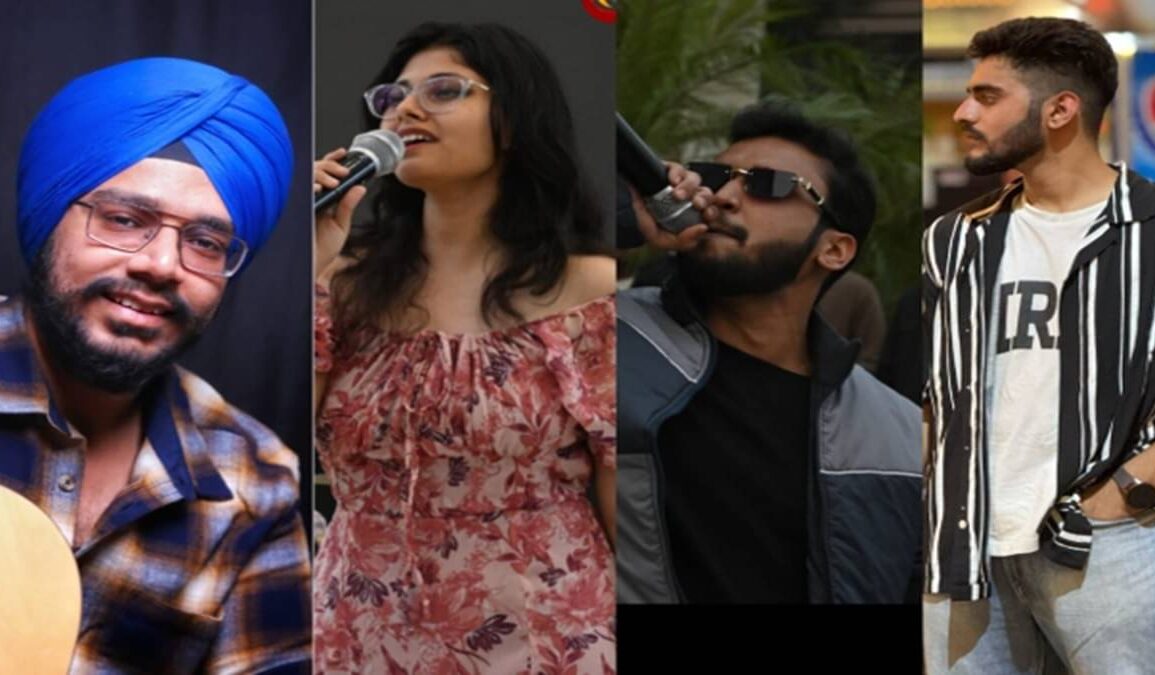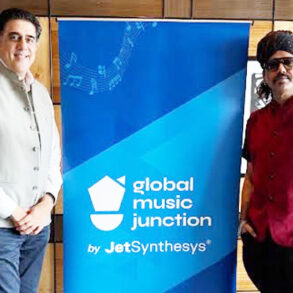
India’s independent music space is evolving faster than ever, with a new generation of artists bypassing traditional labels and making their mark through digital-first platforms and creator-friendly ecosystems. What once started in bedroom studios is now reaching global playlists, and the shift is changing how talent gets discovered, developed, and distributed in India.
Across regional, urban, and experimental music scenes, independent artists are not just releasing songs, they are building careers. Artists like Hashtag Joy, Tarang Nagi, Aditya, and Tanushri are blending folk, lo-fi, and Hindi pop to create new-age Indian sounds that are reaching listeners not only across the country, but globally.
What’s enabling this shift? Apart from social media discovery, creators now have access to direct distribution platforms, music IP development opportunities, and artist-led collaboration models that were previously limited to label-driven acts.
One such platform contributing to this change is SwaLay Digital, which has quietly become a go-to resource for many emerging Indian musicians. Artists working with the platform have been able to release original music, access backend support like caller tunes, royalty management, and lyrical publishing services that were earlier restricted to more commercial names. It has gained a niche reputation for focusing on raw, regional, and rooted Indian voices. Notably, its artist-first IPs, like the A2A (Artist-to-Artist) collaboration model, Behind Music, are creating pathways for musicians to co-create across genres and regions without relying on large production houses.
Industry observers note that while the independent scene is still developing sustainable revenue models for artists, the visibility, community, and tech tools now available are giving creators a real chance to go from local to viral — with many songs now making their way to curated DSP playlists and film sync deals.
The rise of such platforms like SwaLay reflects a broader change: India’s music economy is no longer limited to Bollywood. Independent music is no longer “alternative” — it’s a growing market in itself.
As more artists build their own catalogues and fan bases, the role of enablers — whether platforms, publishers, or peers — will remain vital. What’s clear, though, is that a new era of music is here — and it’s being recorded in bedrooms, streamed across cities, and built with collaboration over control.
This post was originally published on this site be sure to check out more of their content






